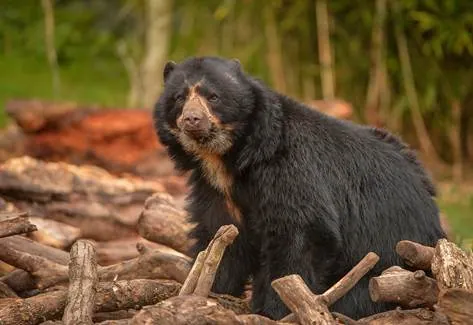We stood on the rocky shore of the Mizque River in central Bolivia, binoculars trained on the towering cliff before us. The summer sun beat down as we scanned for birds. “There,” whispered my nine-year-old son. “A pair is coming.”
The red-fronted macaws were worth the wait. Teal wingtips spread, green and yellow plumage vivid against red crowns, the striking birds sailed directly overhead. After they disappeared into the forest, we turned our binoculars back to the cliff to watch a dozen more pairs flitting in and out of their nests.
Red-fronted macaws are found nowhere else on earth except Bolivia’s dry, forested Andean valleys. Like many other members of the parrot family, they have suffered from habitat loss, illegal capturing for the pet trade and conflicts with farmers who kill them for stealing crops. In 2013 only an estimated 600 red-fronted macaws remained. While the latest census from 2021 estimates nearly double that number now soar through the valleys, these tropical birds are still critically endangered according to the International Union for Conservation of Nature (IUCN).
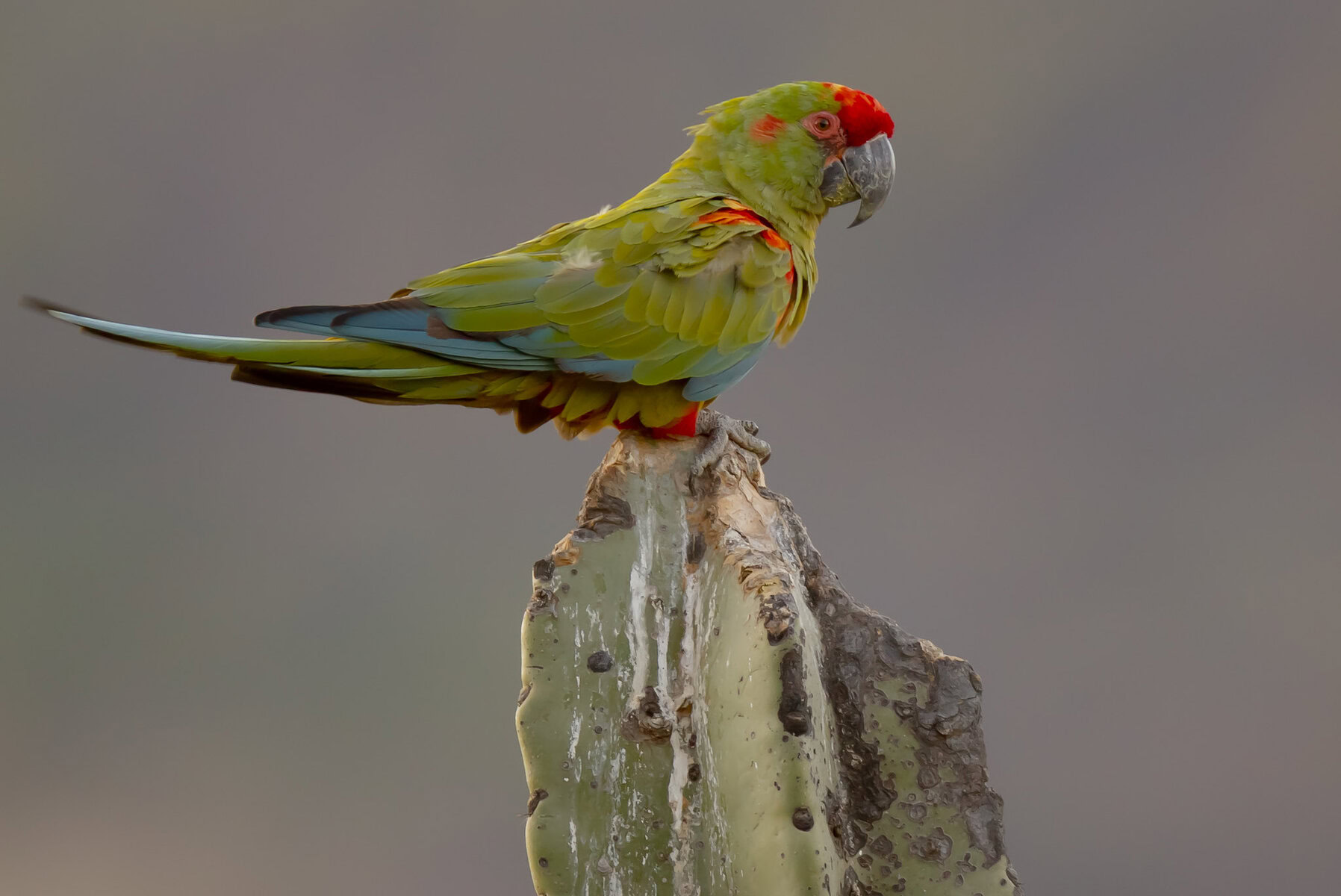
Luckily, innovative conservation agreements that improve rural landowners’ livelihoods are creating a brighter future for red-fronted macaws as well as the forests they depend upon. Many Bolivian farmers now see the bird as a boon rather than a burden, and a valuable resource worth safeguarding.
The cliff we were watching is the perfect example. Located near three Quechua communities about 200 kilometers southeast of the city of Cochabamba, it’s home to the largest-known breeding colony of red-fronted macaws. Locals used to take chicks from their nests and sell them as pets to Europeans or Americans.
Then in 2006, a Bolivian bird conservation organization, Armonía, showed the communities they could make more reliable income by offering tourists the chance to watch these beautiful birds. They helped the communities set up the 50-hectare Red-Fronted Macaw Community Reserve and build an ecolodge facing the cliff that can house up to 14 guests. In 2023 the communities earned $25,000 in profits from the ecolodge. Plus, local families now help monitor wildlife, build new nest boxes and restore habitat within the reserve.
Today the reserve is home to 23 breeding pairs of red-fronted macaws, about 13 percent of the species’ total reproductive population, as well as 200 other bird species including Andean condors and peregrine falcons.
This is a great example of how Armonía and other conservation partners in Bolivia are “focused on poverty reduction in the region,” says Tjalle Boorsma, conservation program director for Armonía, “and working together with farmers on sustainable agriculture models like beekeeping or implementing tourism.”
The result? People equate protecting endangered species with protecting their own livelihood.
Weighed down by negative news?
Our smart, bright, weekly newsletter is the uplift you’ve been looking for.Fundación Natura Bolivia (Natura) has a similar approach to conservation. They offer tangible non-monetary incentives — like new tanks to capture drinking water, roofing materials for a barn, or fences for livestock — in exchange for landowners’ agreement to protect the forest and natural resources around their community. These reciprocal “watershared” agreements (Acuerdos Reciprocos por Agua in Spanish) are often funded in part by municipalities where people benefit when upstream landowners engage in practices that keep water clean and abundant for downstream users.
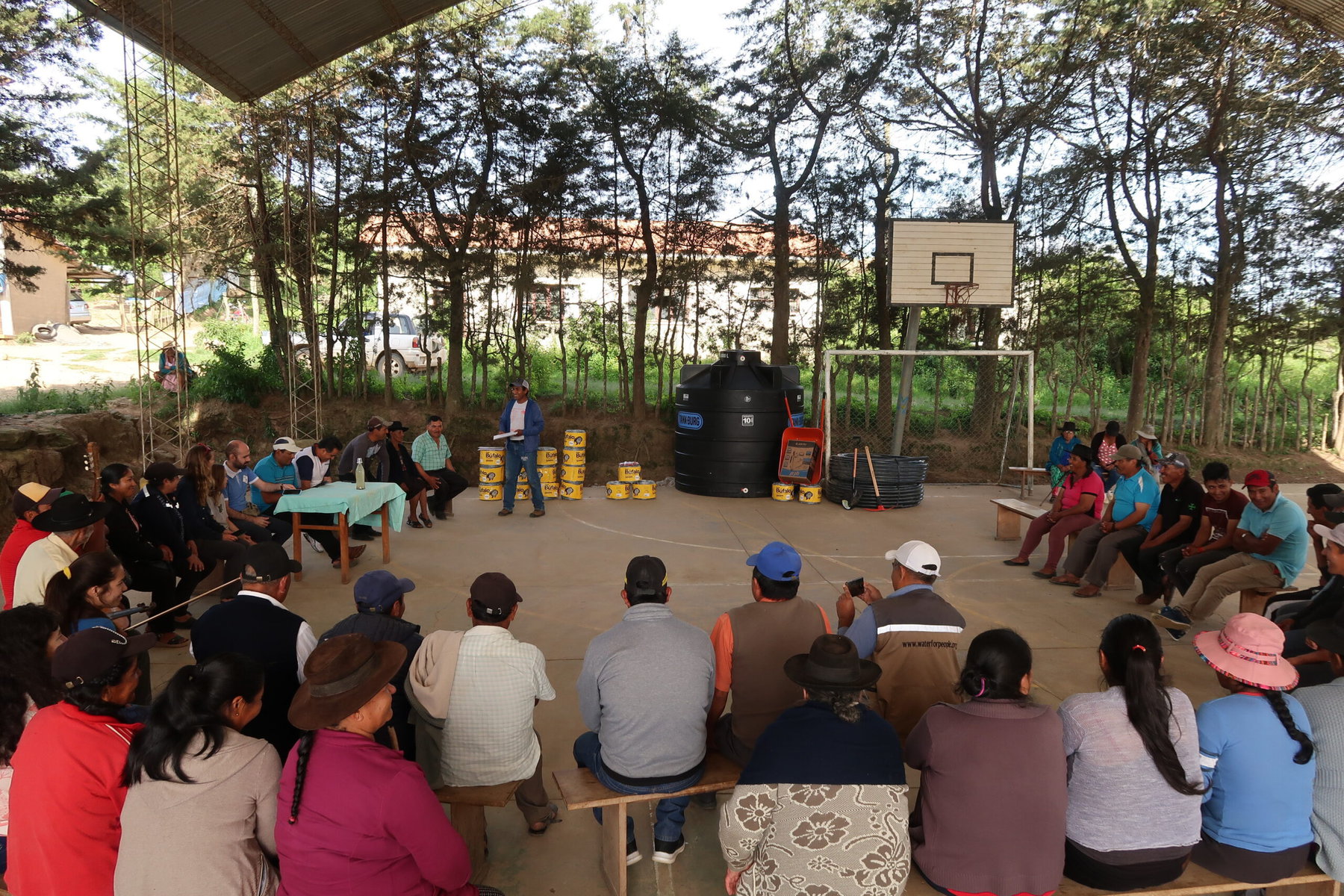
Since 2002 Natura has enrolled over 34,000 families in watershared agreements that conserve 730,000 hectares of forest in dozens of municipalities around Bolivia. A common thread tying many of these agreements together? Halting deforestation.
Red-fronted macaws, along with many other wildlife species, lose their natural food sources when farmers cut down or burn the forest. Instead, these macaws eat peanuts, corn and other crops. In retaliation, landowners might poison the birds, kill them with slingshots, or trap them to sell on the black market.
For instance, Jaime Cardona grows grapes, passionfruit, sugar cane and other crops with his nine-year-old daughter and wife in the town of Saipina, 25 kilometers east of the reserve. He used to haze macaws off the property, but now recognizes how beneficial the birds and healthy forests can be for his family’s bottom-line. “We need the trees. That is what attracts the rain,” Cardona explains. “If you do not have forest on the mountain … there will not be good weather, and good weather is necessary for the grapes and the sugar cane to grow.”
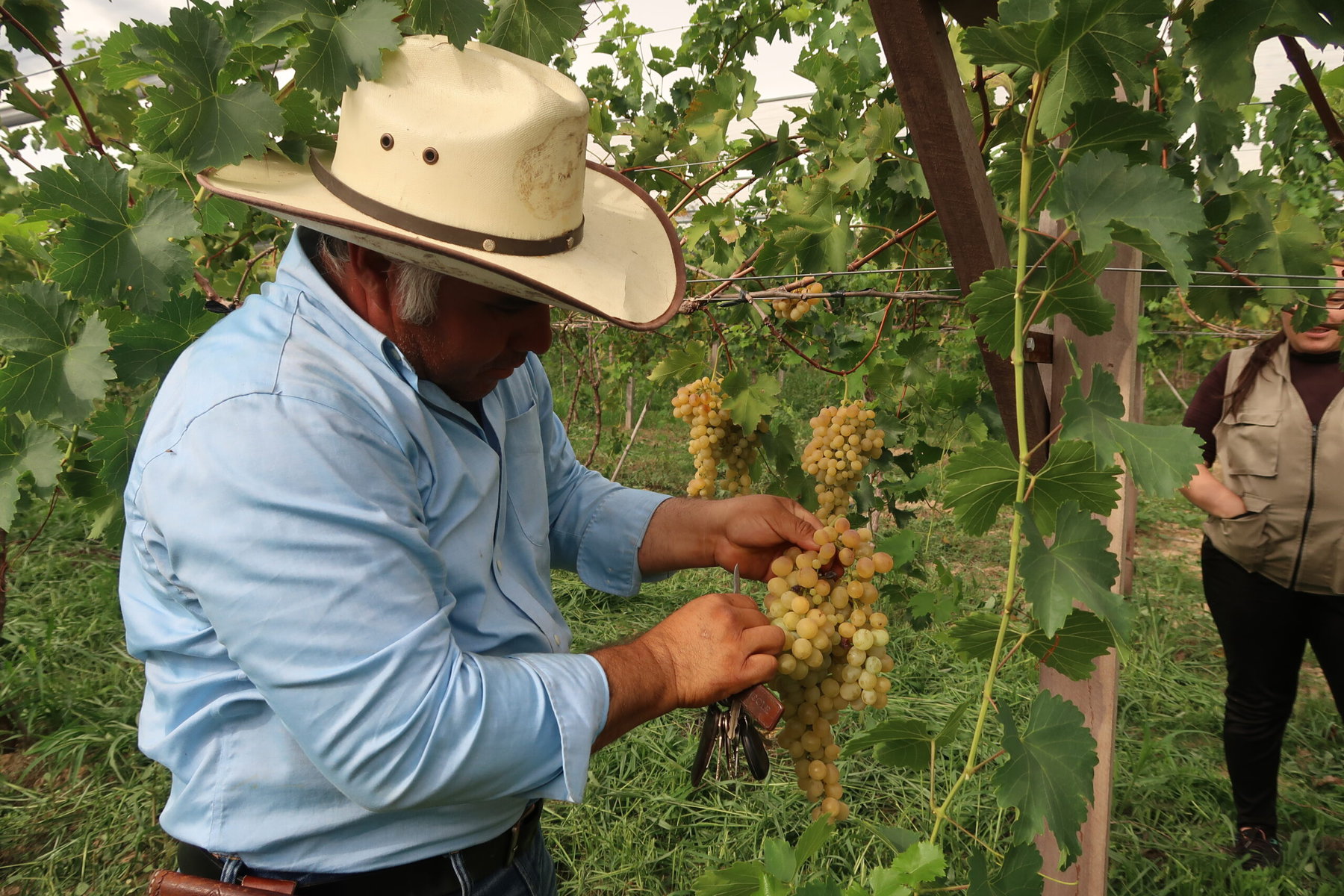
Protecting forests is also a way to support the nascent ecotourism industry in central Bolivia. About 10,000 people live in the regional municipality of Saipina, where 48 families have entered watershared agreements that conserve 5,067 hectares. Saipina’s mayor, Efrain Garrado Llenes, hopes the conservation efforts will “preserve the animals that are still here” and entice visitors to come see spectacular birds like the macaws in the future. “We want to leave something for our children for tomorrow so that they do not suffer,” he says.
Just 30 kilometers east in the municipality of Omereque, red-fronted macaws feed on the bean-like pods from the native soto tree. In the past, landowners cut down the trees to fuel fires to process sugar cane. Natura helped build a new drinking water tank for the small community of Ele Ele that supplies 70 families. In exchange, the people agreed to conserve 5,000 hectares of forest.
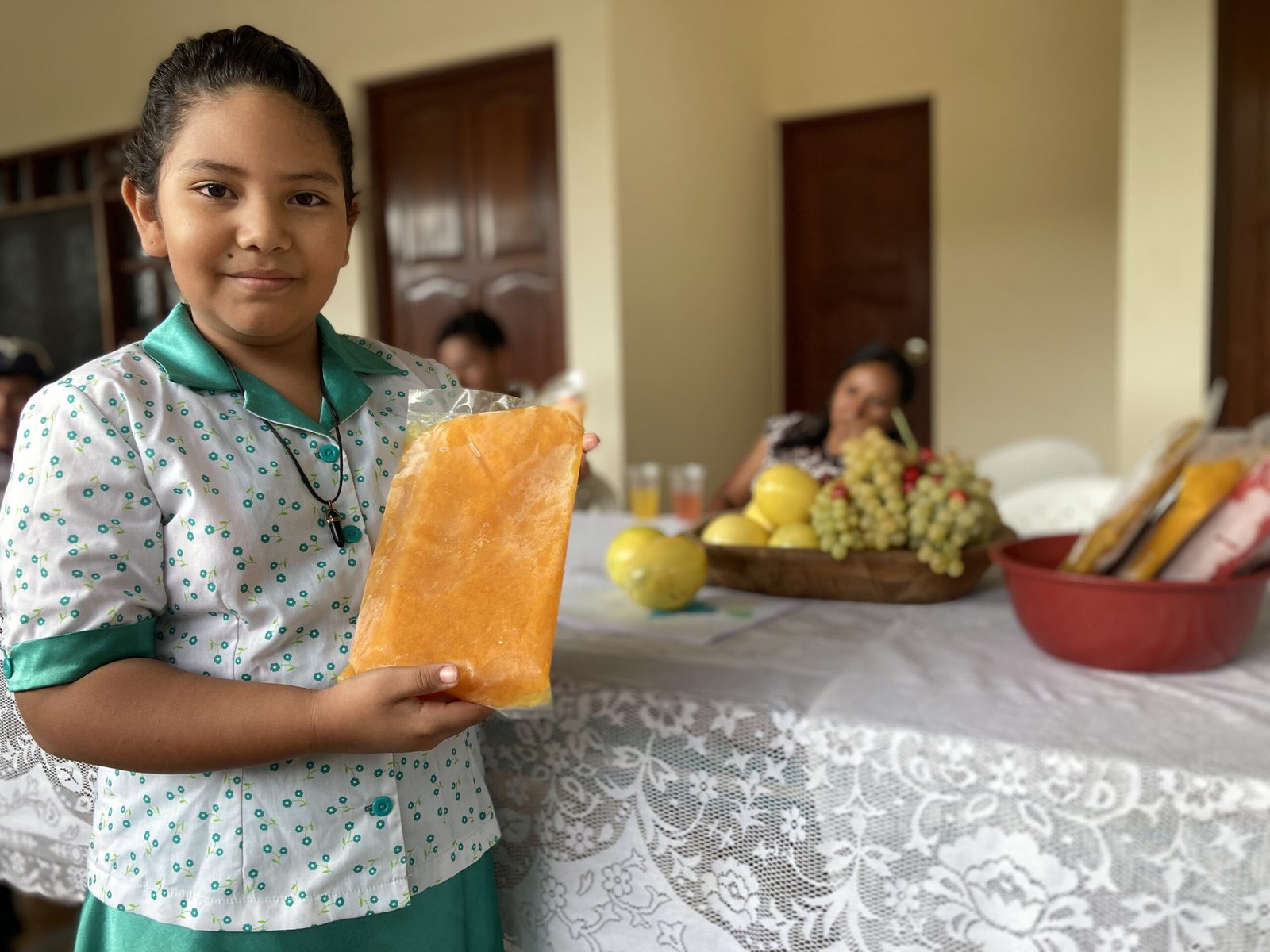
Sérgio Mendoza, a farmer in Ele Ele, is “very grateful” for the help. He says the previous water tank was 30 years old and falling apart. Thanks to the agreement with Natura and Omereque’s municipal government, “we are seeing the forest regenerate and grow back,” Mendoza says. They now watch macaws “pass through all afternoon in little groups” to forage in the forest.
In Ceibas, a farming community that sits on a picturesque hillside in the Pasorapa municipality, people chose individual incentives instead of one large community project in exchange for protecting 1,078 hectares of forest. One family received a portable combine to grind wheat or corn, another a new roof, and another a water pump to irrigate crops.
“Taking care of the macaw can solve problems for the communities,” explains Máximo García-Cárdenas, coordinator of Natura’s red-fronted macaw program, an initiative supported by the British Government’s Illegal Wildlife Trade Challenge Fund.
Natura monitors conserved forests by employing local rangers and using camera traps. In Ceibas, they have documented mammals like pumas, birds like the red-fronted macaw and Andean condor and all sorts of reptiles inhabiting the forest.
Centering nature preservation in income generation means people are “starting to respect the species,” Boorsma says, and “starting to find solutions to the conflict and solutions to make more income through macaw-friendly models.”
Beekeeping is one of the models that is good for forests and farmers. In 2023 Armonía provided 60 beehives to 30 families in six communities. Ten of the hives are experimenting with native stingless bees, whose high-quality honey can be sold for a much higher price. Many women are stepping up as beekeepers, too, which helps make income generation more equitable in Bolivia’s male-dominated agricultural sector.
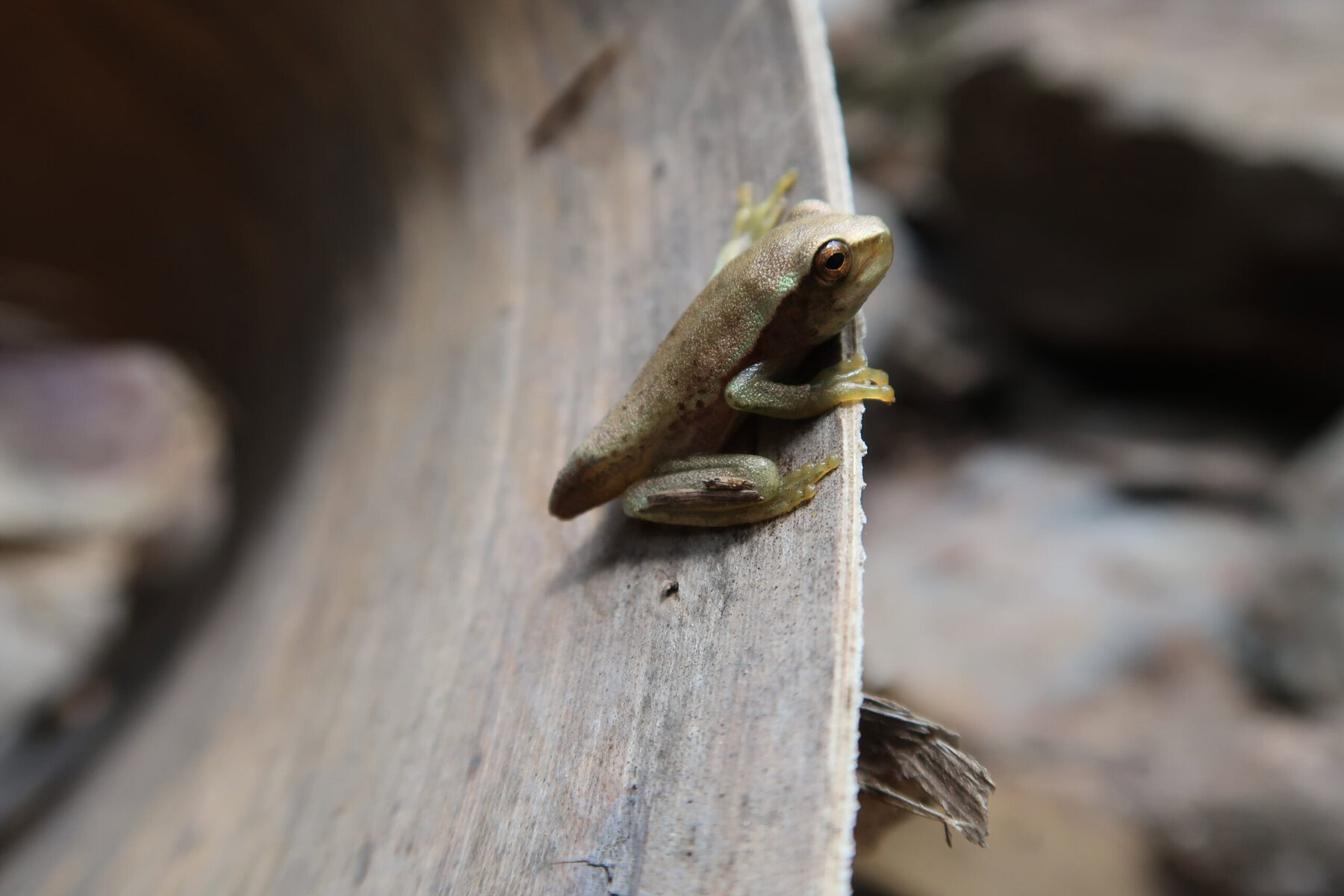
Another model is training communities to operate native plant nurseries. Nonprofits and government agencies can then buy saplings or shrubs from a community nursery to restore nearby forests. Boorsma says this model is generating $20,000 to $50,000 annually for communities in the rainforests of Bolivia. Armonía hopes to help communities set up similar forest nurseries in the dry Andean valleys to restore habitat for the red-fronted macaw.
“Instead of just continuously expanding and expanding and expanding, we need to use efficient and smart agricultural models to produce food for the nation, but at the same time share that habitat with species,” Boorsma says. “We need to make people aware of the jewels they have in their backyard instead of continuously fighting with nature.”
Conservation agreements centered around reducing poverty are benefiting other wildlife in Bolivia, too. For instance, in Tarija near the Argentina-Bolivia border, the Andean Carnivore Conservation Program is helping farmers transition from clearing forests to beekeeping to boost populations of the Andean bear. And in the pampas of northern Bolivia, Armonía and others are helping landowners transition to sustainable cattle grazing that protects grassland wildlife species like the blue-throated macaw, rather than clearing native habitat to plant crops.
In the late afternoon light of Ele Ele, red-fronted macaws flew through the forest back toward their nests. “Thank you for opening your doors to us. Conservation is in your hands, not in ours,” García-Cárdenas told the community members gathered around their new water tank. “You are the owners of this land. The agreement you have signed is a voluntary commitment and it is a beautiful part of the community.”





